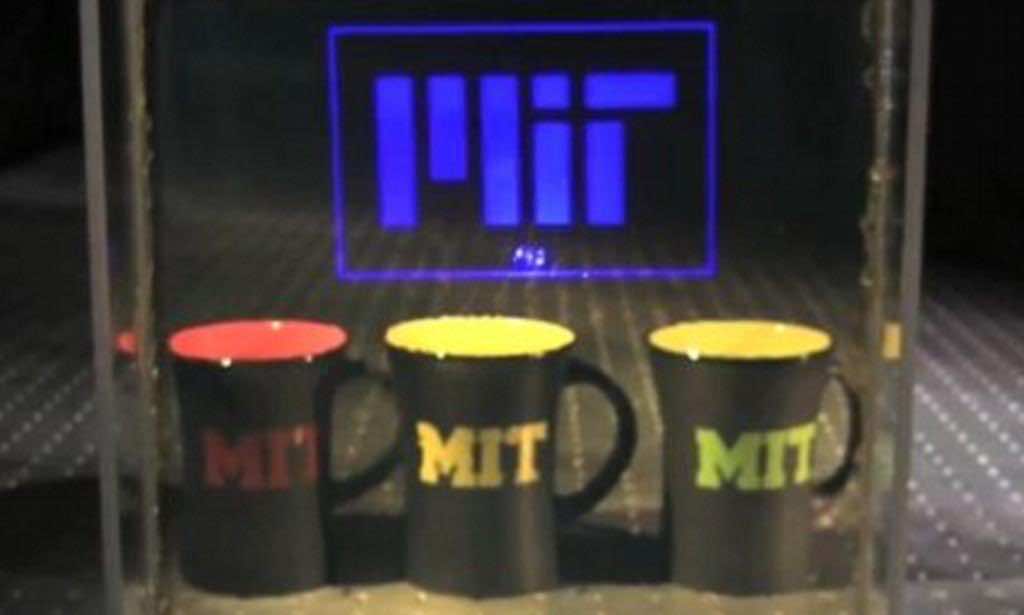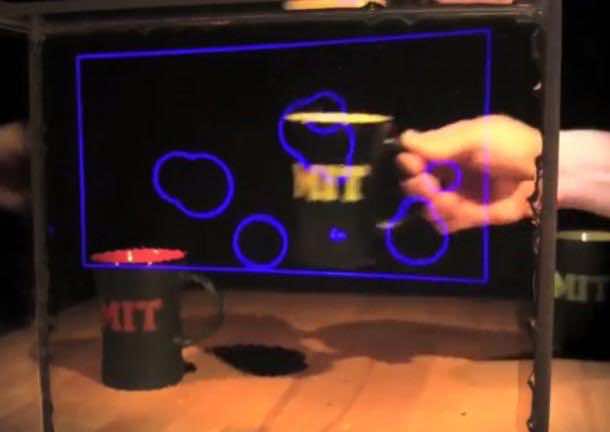 While we are witnessing the boom of Google Glass and other such gadgets, there is a team of graduates from MIT which is planning to make the technology much more simple and mobile to use. They have developed see-through displays which can be used to convert any glass, window or lens into display which is capable of showing images. According to researchers at MIT University, this thin plastic coating is far easier to make and costs less when compared to the current available technologies.
While we are witnessing the boom of Google Glass and other such gadgets, there is a team of graduates from MIT which is planning to make the technology much more simple and mobile to use. They have developed see-through displays which can be used to convert any glass, window or lens into display which is capable of showing images. According to researchers at MIT University, this thin plastic coating is far easier to make and costs less when compared to the current available technologies.
This latest system employs nano-particles which are embedded into the material, which is transparent in nature. They have been altered so that they only play with certain wavelengths, colors or lights, while letting other wavelengths pass through without any difficulty. The result is quite spectacular; the glass in question will remain transparent while allowing displaying of certain colors and shapes quite clearly. These particles are then embedded into a cheap and thin coating made of plastic which is then applied to the glass. The process of application is quite similar to that of tinting of car windows.
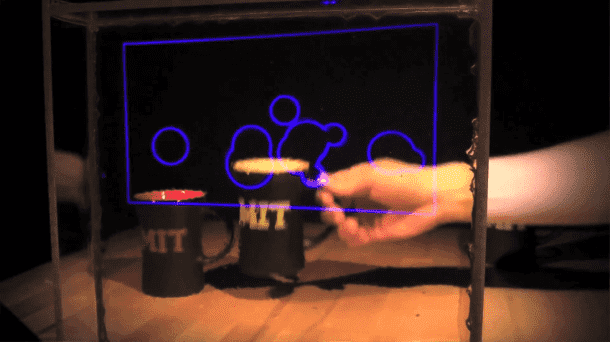 Wonderful Engineering team also got a chance to see the technology first hand. The demonstration included silver nano-particles which were placed about 60 nano-meter apart to come up with a blue image in front of a scene which contained different colored cups. The end result was clear enough to be seen on the projected image. Researchers are hopeful that the same principle can be used to come up with a full color display.
Wonderful Engineering team also got a chance to see the technology first hand. The demonstration included silver nano-particles which were placed about 60 nano-meter apart to come up with a blue image in front of a scene which contained different colored cups. The end result was clear enough to be seen on the projected image. Researchers are hopeful that the same principle can be used to come up with a full color display.
The most crucial difference, other than the working of this latest invention and current HUDs, is the fact that to view image from the HUDs one needs to be on the specific spot since a mirror or beam splitter is used to ‘hover’ the image in front of the user and due to its fixed angle, the viewing range is limited. However, when you employ this new system, the image is projected onto glass and hence can be viewed from any angle and the image would retain its clarity.
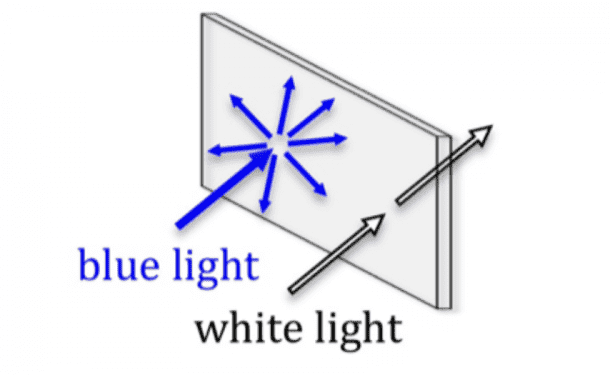 The transparency is also much better since the new system doesn’t make use of LEDs or electronic circuits. Instead, it relies on the nano-particles which have been incorporated into the transparent material, hence an improved transparency is obtained. MIT Professor Marin Soljacic said; ‘The glass will look almost perfectly transparent because most light is not of that precise wavelength.’
The transparency is also much better since the new system doesn’t make use of LEDs or electronic circuits. Instead, it relies on the nano-particles which have been incorporated into the transparent material, hence an improved transparency is obtained. MIT Professor Marin Soljacic said; ‘The glass will look almost perfectly transparent because most light is not of that precise wavelength.’
The uses of this particular system include displaying images on store windows, while not disturbing their transparency or obstructing the view. There is also the possibility of using it to display directions on the windshields.
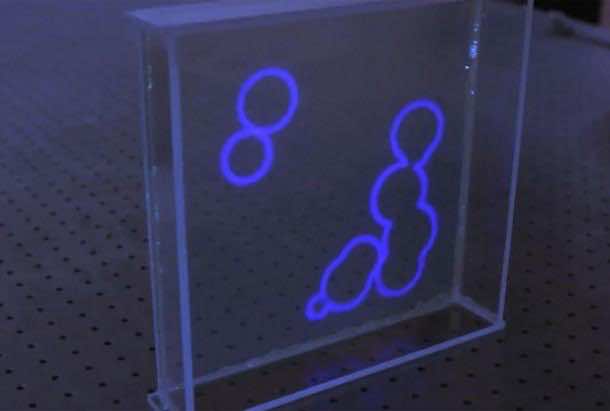 The system has been published in a paper by the Journal Nature Communications. Professor Soljacic says that what they have achieved is the proof of concept, however, the team is working on it and soon they will be able to enhance and optimize the system.
The system has been published in a paper by the Journal Nature Communications. Professor Soljacic says that what they have achieved is the proof of concept, however, the team is working on it and soon they will be able to enhance and optimize the system.

